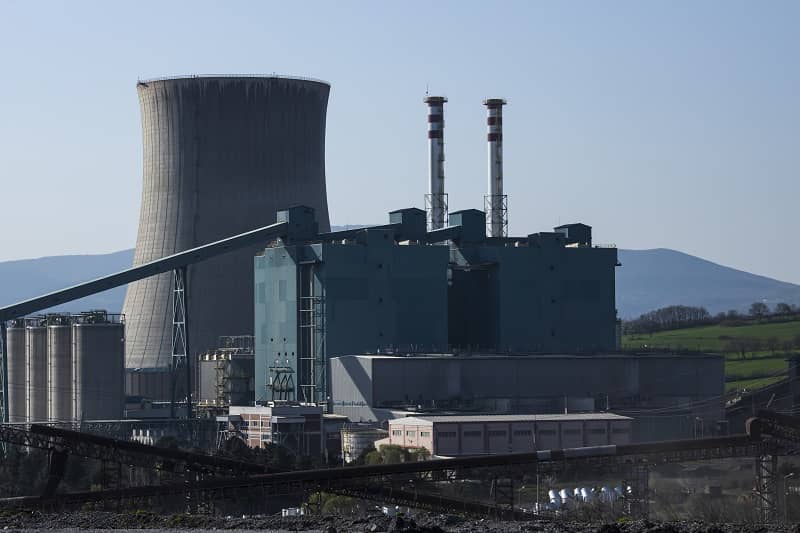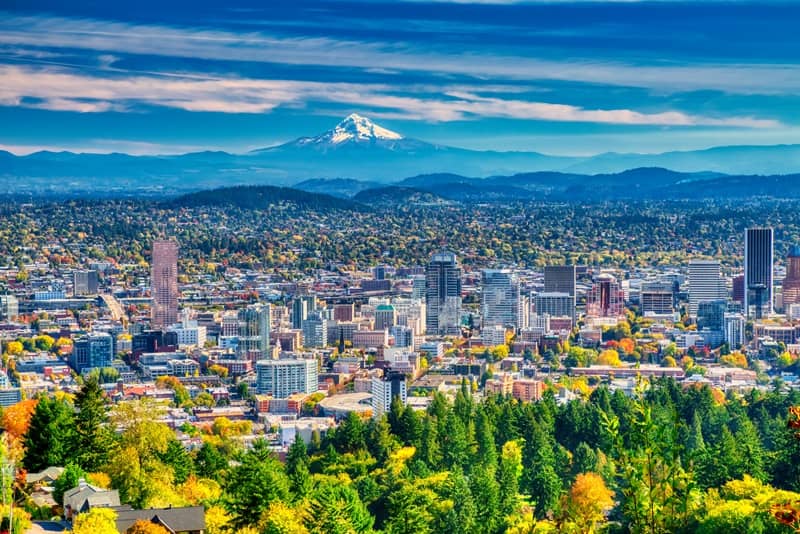
Summary
Oregon’s carbon dioxide emissions are already so low that voluntarily participating in a multi-state carbon-trading venture would only be a costly scheme with dubious environmental and economic benefits.
Word count: 635
Concerns over global warming have fueled interest in carbon trading programs in many regions of the developed world. Many economists are relatively warm to the idea of market-based “cap-and-trade” schemes for air pollutants because, according to theory, emissions reductions could be achieved efficiently under a trading program in which producers with the least-cost means of reducing emissions are able to cut emissions cheaply and sell their surplus permits to emitters facing higher reduction costs. The goal becomes finding an economically efficient means of reducing aggregate emissions, rather than emissions from any one source.
Despite the apparent advantages of carbon trading, it is far from being the proverbial “free lunch.” As with any government-created and -regulated market, there will be both political fallout and opportunities for players to manipulate the system to achieve a competitive advantage. The intense politicization of the entire emissions trading process introduces substantial transaction costs that make economically efficient outcomes unlikely.
The calculation of “offsets” is particularly tenuous, and much debate remains over whether these are legitimate from a scientific standpoint or beneficial from a policy perspective. Because of the controversy surrounding many offset programs, formal recognition of offset proposals tends to be tied more to political influence than to sound science. A well-designed strategy should avoid creating situations in which politically well-connected industries can shift the burden of emissions reduction onto those without legislative power, typically poorer nations or states and less-powerful industries.
Many advocates for implementation of a carbon-trading scheme point to the success of the sulfur-trading program as evidence that these plans can work very well. However, sulfur can be removed from emissions relatively easily at the source using available technology, such as scrubbers on smokestacks. The inability to do this with CO2 reduces the intrinsic advantages of a trading system and means that reductions in carbon emissions will be much harder to come by and much more expensive.
In January 2005, members of the European Union began incorporating a carbontrading scheme into their plans for compliance with the United Nations’ Kyoto Protocol. By April 2006 it became apparent that EU nations had grossly overestimated the requirements for carbon permits for their industries, causing a dramatic drop in permit prices. The detailed registry of emissions and complicated accounting systems have proven ripe for manipulation by governments and large corporations, all of whom have an incentive to overestimate their need for permits. It appears that thus far, power companies have benefited financially, while there have been very little in the way of desired environmental benefits.
The strongest argument against Oregon getting involved in a regional trading scheme in the U.S. is that Oregon’s situation differs from other jurisdictions’ and is vastly different from Europe’s. Cost-effective reductions available in Oregon are limited. In the production of electric power for the grid, Oregon produces 395 lbs. of CO2 per megawatt hour of electricity, ranking 48th among the states. This low carbon intensity, due to heavy reliance on hydropower, means that there are very few low-cost options for making cuts to the total volume of CO2 emitted in Oregon. Oregon’s low carbon intensity would make it extremely difficult and expensive for the state to make significant emissions reductions.
The establishment of carbon dioxide caps on industries in Oregon would only put the state at a competitive disadvantage, compared to neighboring states. The creation of a carbon-trading scheme would necessitate establishing a massive bureaucracy to oversee the process, enforce regulations and deal with attempts by industries to exempt themselves from the caps. This would further burden Oregonians, who as consumers would pay more for gasoline, electricity and space heating, while producing next to nothing in the way of discernable benefits, due to the miniscule contribution Oregon makes to global CO2 emissions. Oregon should avoid being tempted by such an unnecessary and costly emissions-reduction scheme.
Attention editors and producers:
Cascade Commentaries are provided for reprint in newspapers and other publications, with credit given to author(s) and Cascade. Contact Cascade to arrange print or broadcast interviews on this commentary topic.
Electronic text files are available online at www.cascadepolicy.org.
Please contact:
Nancy Wheaton
Cascade Policy Institute
813 SW Alder Street, Suite 450
Portland, Oregon 97205
Phone: (503) 242-0900
Fax: (503) 242-3822











